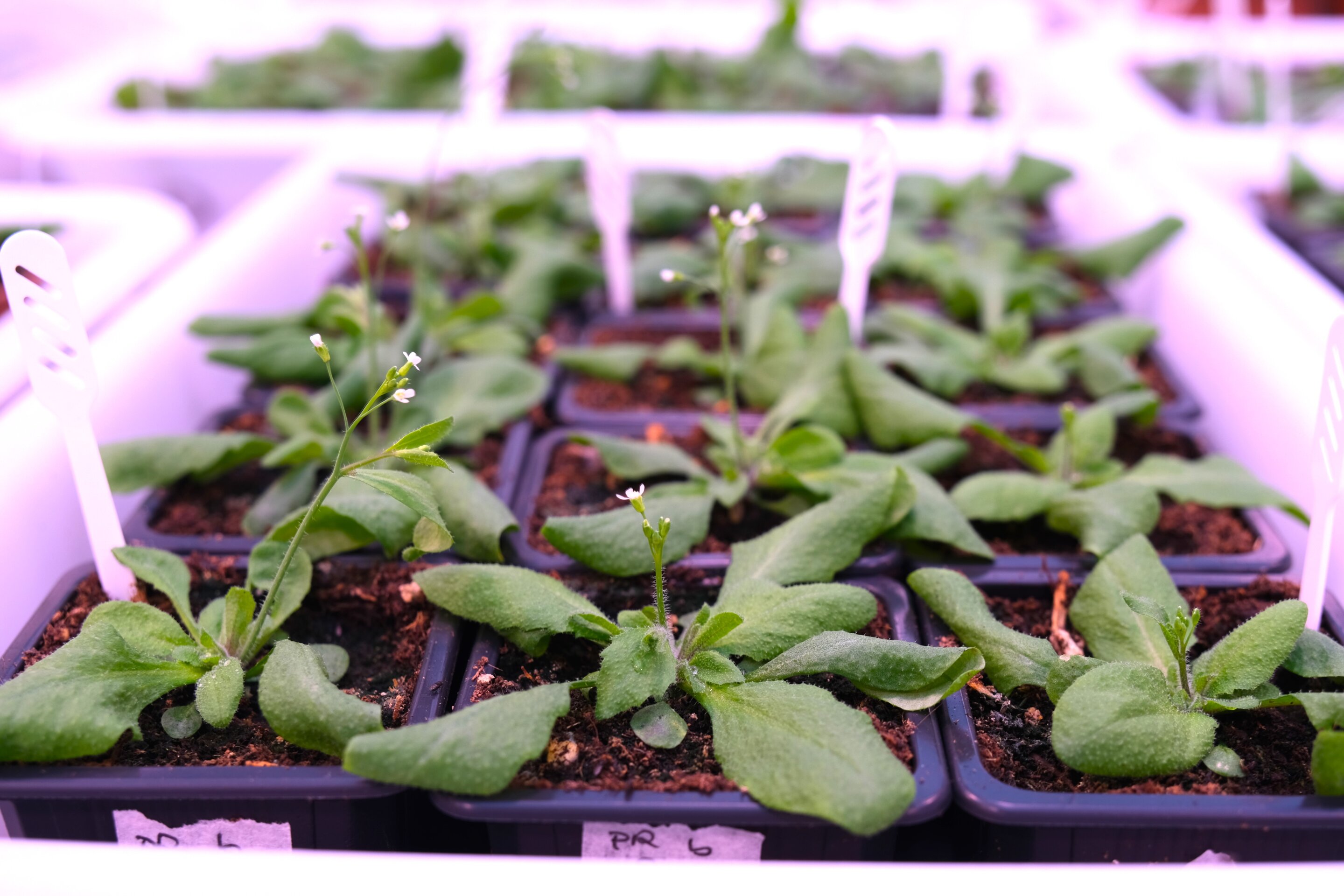Researchers led by Núria Sánchez-Coll, CSIC researcher at the Center for Research in Agricultural Genomics (CRAG), have characterized for the first time the function of AtMC3, a protein of the metacaspase family that is involved in drought tolerance in the model plant Arabidopsis thaliana.
The work, published in the New Phytologist journal in collaboration with several international research centers and universities, highlights the importance of vascular tissue for plants to cope with adverse conditions associated with water scarcity and osmotic stress.
Plants, as sessile organisms that cannot move like animals do, have evolved ways to endure water scarcity and periods of drought stress. However, increasing drought phenomena due to climate crisis pose a serious threat to agricultural productivity.
Plants rely on their vascular system connecting distantly separated organs to coordinate an efficient response to water deprivation at the organismal level. The primary components of vascular tissue are the xylem and phloem, tissues which transport fluids and nutrients internally. While the xylem transports water and nutrients upwards from roots to stems and leaves, phloem distributes the soluble organic compounds made in the leaves during photosynthesis to the rest of the plant.
In this work, CRAG researchers have found for the first time that the AtMC3 protein is exclusively located in the phloem. More specifically AtMC3 is found in a particular cell type of the vasculature, called companion cells which are metabolically supporting the main phloem transport cells (sieve elements), as observed by fluorescence microscopy images of the tip of the root.
2023-06-16 11:30:04
Link from phys.org
